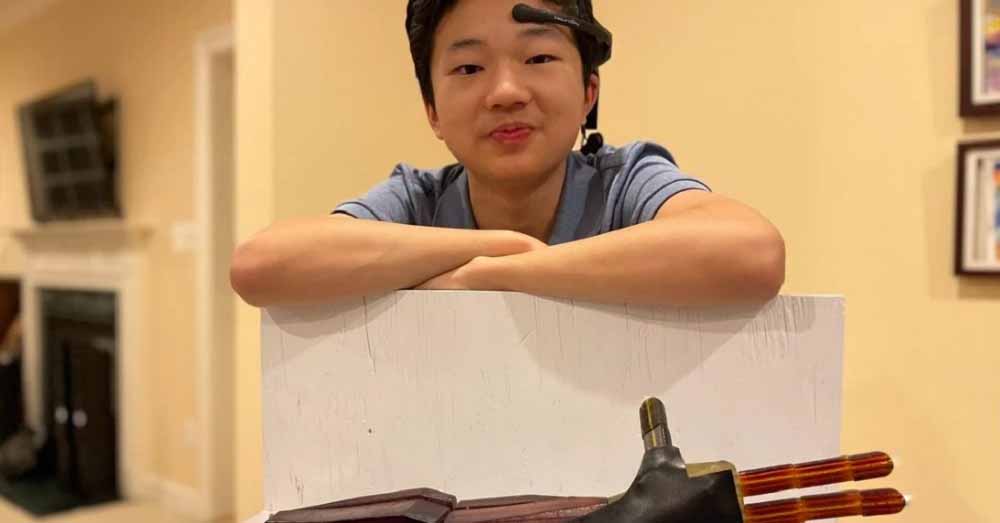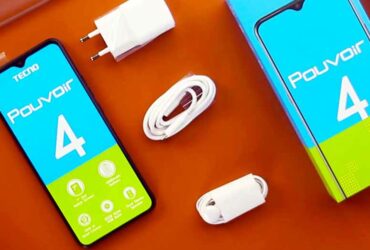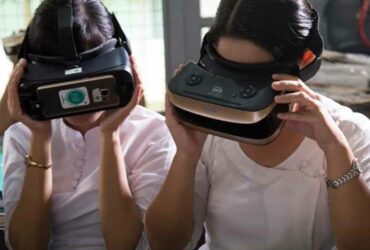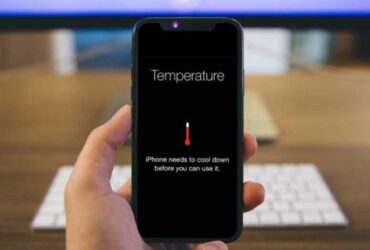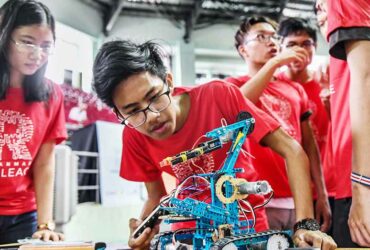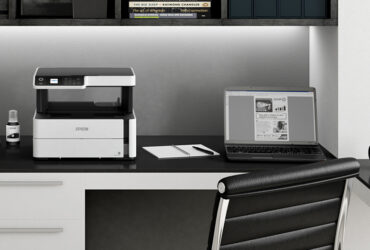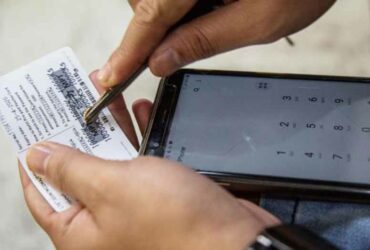Benjamin Choi, an American high school student, invented a low-cost artificial hand that can be controlled by the mind. Benjamin, 17, came up with the idea after watching the 60 Minutes TV show where researchers implanted tiny sensors into a patient’s brain that could move a robotic arm with thought. Benjamin believed that there might be a better solution than the researchers’ technology. Benjamin was amazed at the time because the researchers’ technology was so impressive. But this technique is very dangerous because it involves brain surgery. He thought that because it cost thousands of dollars, not many people could afford it.
Throughout his education, Benjamin had experience building and coding robots. He also learned computer programming languages by himself. When the virus hit in 2020, he had time to create a low-cost artificial hand. He used his sister’s A$100 printer. I also used some fishing line to make the hand into small parts. I then tied each piece together with a rubber band. Made from engineering grade materials, Benjamin took 75 iterations to achieve his design, which can withstand up to four tons. His prosthetic hand design uses artificial intelligence (AI) technology that interprets the user’s brainwaves rather than brain surgery to control the hand. Electroencephalography (EEG), which records the electrical activity of the brain through sensors in the head, is also used. An EEG is often used to diagnose epilepsy or mental disorders.

Sensors pick up brain wave activity and send it via Bluetooth to a microchip (a very thin piece of silicon with an electrical circuit structure) in the prosthetic hand. The hand is moved with a head movement and stopped with an intentional blink (a phenomenon that reflects a temporary limitation in the ability to use visual attention). Benjamin worked with 6 adult volunteers, their hands clasped, They collected their brain wave data while asking them to focus on the spread. Benjamin’s prosthetic hand cost just US$300 (AU$450). Benjamin believes his technique can be used not only in artificial limbs, but also in controlling things like wheezing and helping people with Amyotrophic Lateral Sclerosis, a brain and neurological disease. Benjamin’s invention was among the top 40 in the United States’ Redgeneron Science Talent Search competition.

